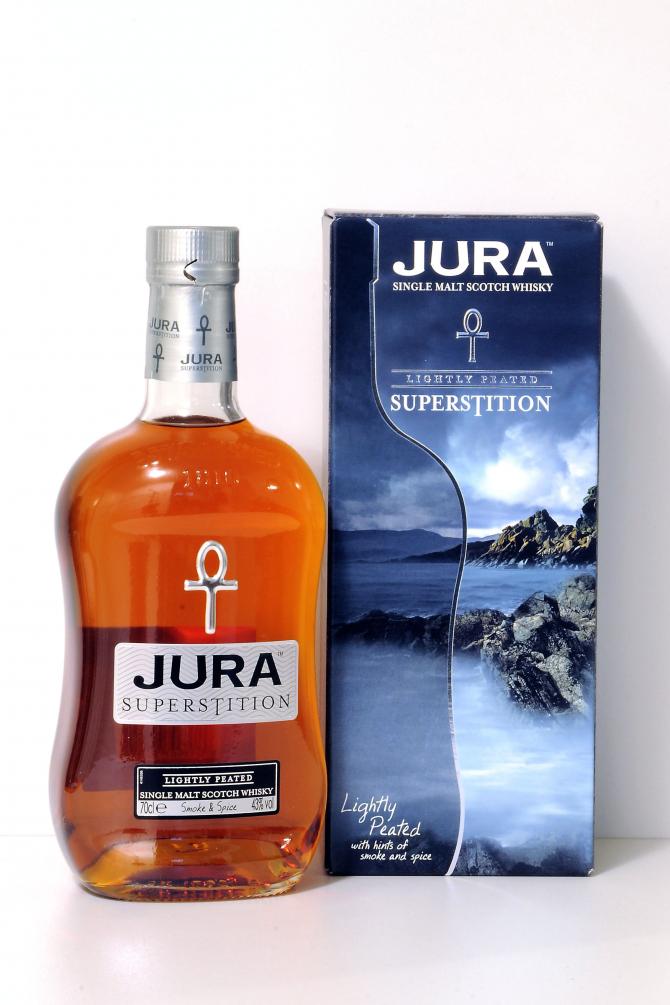
To my mind, though, the most extraordinary expression of the phenomenon is the Fife Arms, a converted pub-with-rooms in Braemar. Even dear old Gleneagles, since being taken over by The Hoxton’s (Indian-born) Sharan Pasricha, has emerged from a radical rethink looking sexier and slinkier than at any point in her long history. The Glen Affric Estate, which two years ago became part of the (German-owned) Oetker Collection, though still cast in the classic Highland-lodge mould, has been refashioned as a paradigm of low-key outdoorsy chic. The Povlsens’ introduction of a contemporary, metropolitan design sensibility into remote parts of the nation initiated a shift, lifting the whole scene up by its kilt hose, that was soon reflected in the ways certain other traditional Scottish country houses were tweaked. Such things do not explain the success of the Wildland scheme but nor are they irrelevant. That this is possible points to some of the more practical reasons behind the current renaissance: the availability of large amounts of attractive property and the government’s welcoming attitude towards investors. Today they own more of Scotland than any other private individuals. It would be unfair to characterise the hotel aspect of their project as insignificant yet the Povlsens’ primary consideration appears to be land management on a grand scale. Glenfeshie and Killiehuntly belong to a Danish couple, Anne and Anders Holch Povlsen, and are part of their constantly expanding Wildland portfolio, which includes Aldourie Castle on Loch Ness and Lundies House in Sutherland. The sumptuous simplicity of its interiors gave rise to a new stylistic designation, Scandi-Scot and the fact that it adjoins an even larger estate, Glenfeshie, in the – not uncontroversial – process of being ‘rewilded’, only compounded its appeal. This outwardly humble farmhouse and cottage near Kingussie changed everything. The turning point was the opening of Killiehuntly in 2016. Never before have there been as many fancy places to stay in the Highlands and islands to which a personal invitation from a member of the royal family is not required. If anything, it has gained fresh impetus in the past few years with the arrival of several top-notch hotels – all, as it happens, owned or operated by foreigners. Tartanmania, the craze that Albert set off, is still very much with us. The classic case in point is Prince Albert, a German who, as Queen Victoria’s consort, joyfully unleashed his own inner Highlander when he bought Balmoral Castle in Aberdeenshire in the middle of the 19th century, succumbing entirely to notions of rolling glens and snow-capped Munros, the dreamy landscape dotted here and there with turreted castles and populated by heavily antlered deer, noble huntsmen and fine-featured lassies in tartan sashes reeling en masse to tunes piped by twinkly-eyed chaps of loyal regimental aspect. Yet it has often taken the enthusiasm of outsiders to remind locals of the splendours beyond their doorstep. The loveliness of their highland countryside has not escaped their notice.

The Scottish are a proud, perceptive people.


 0 kommentar(er)
0 kommentar(er)
